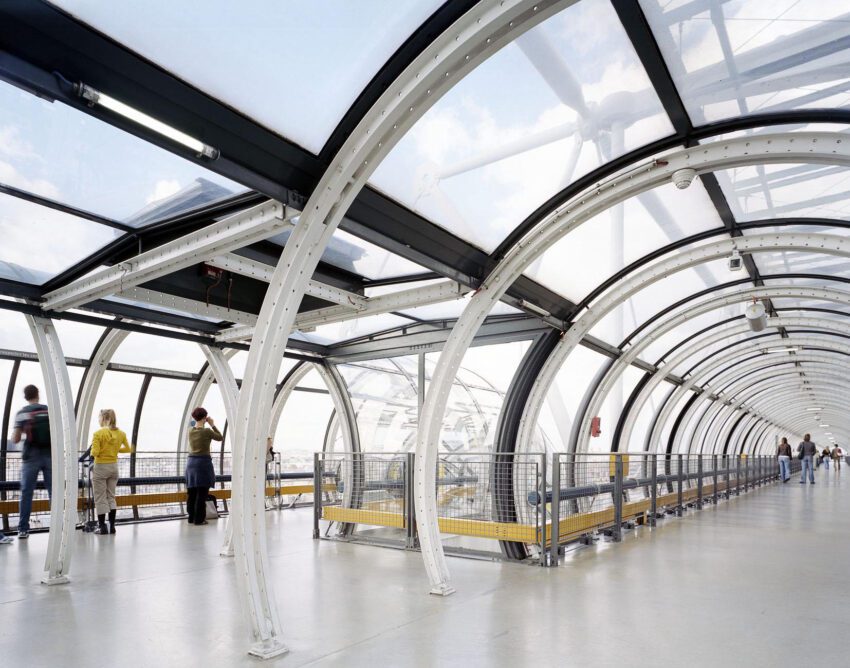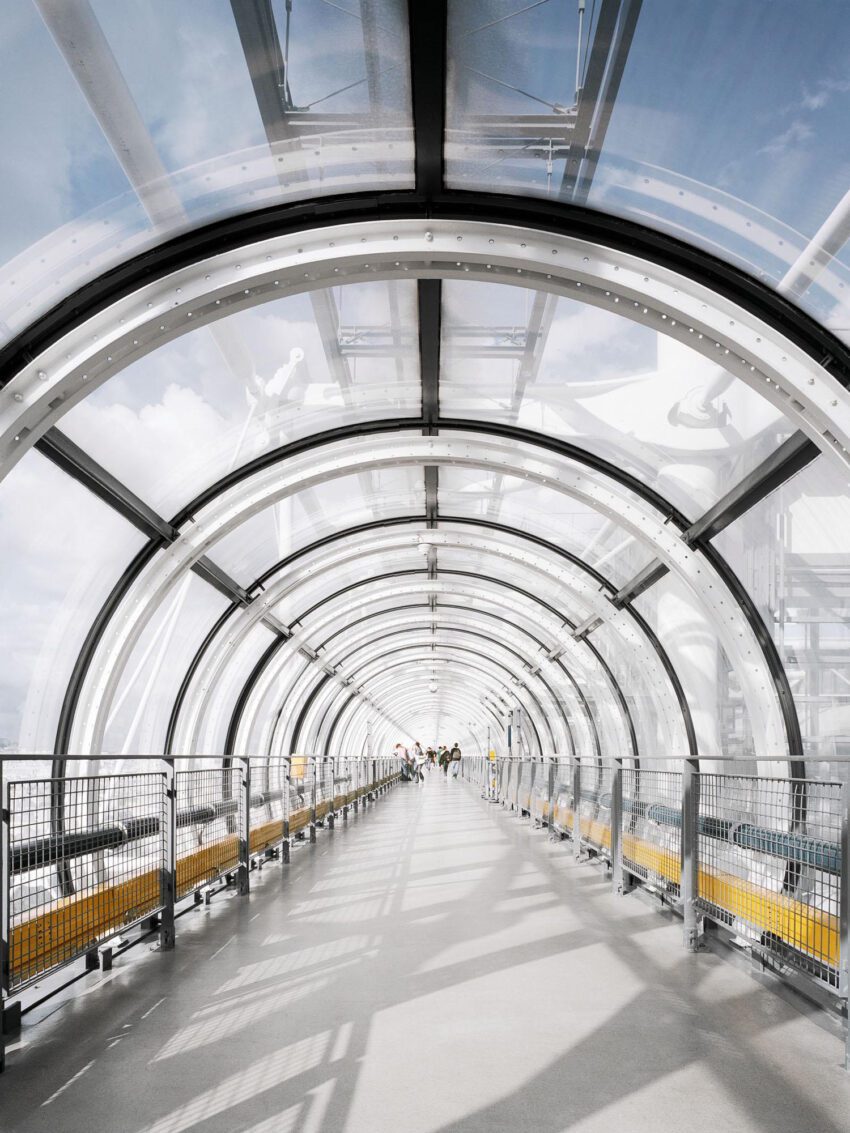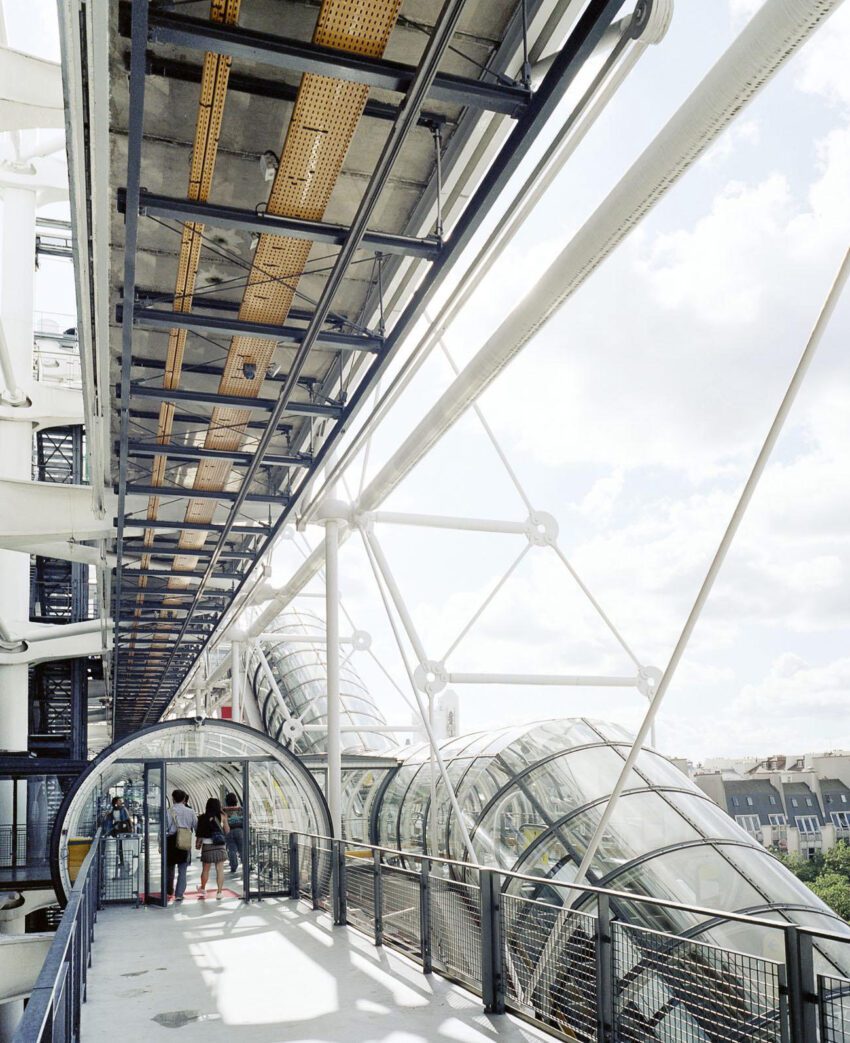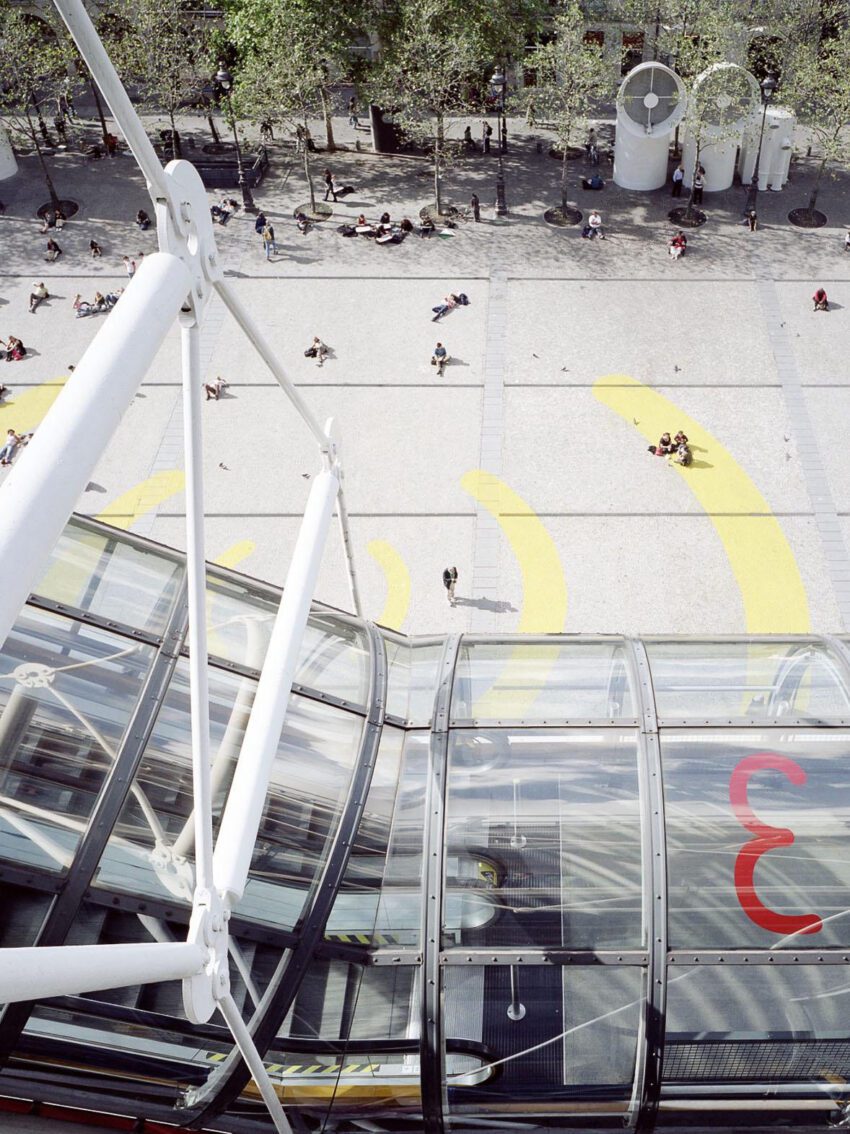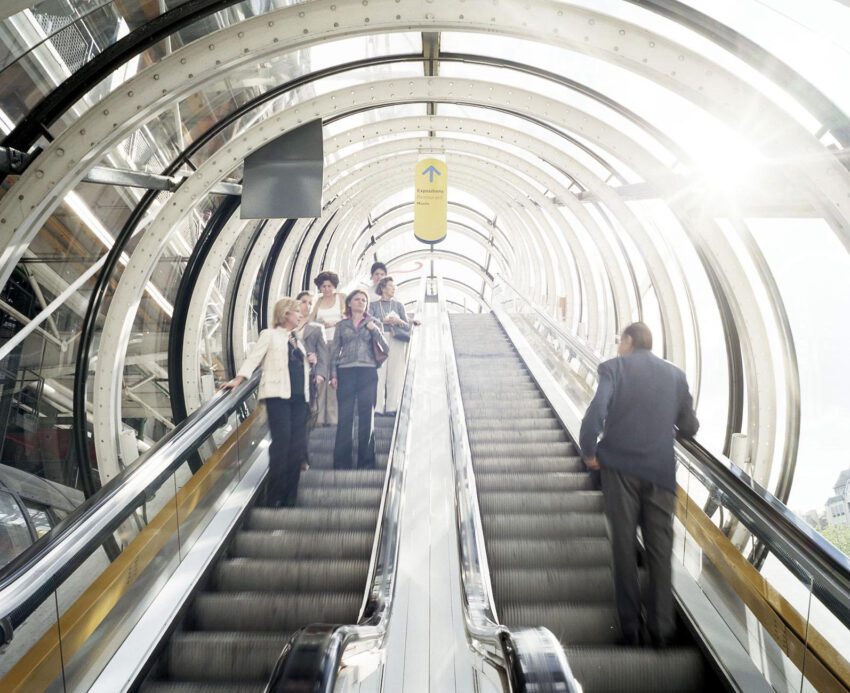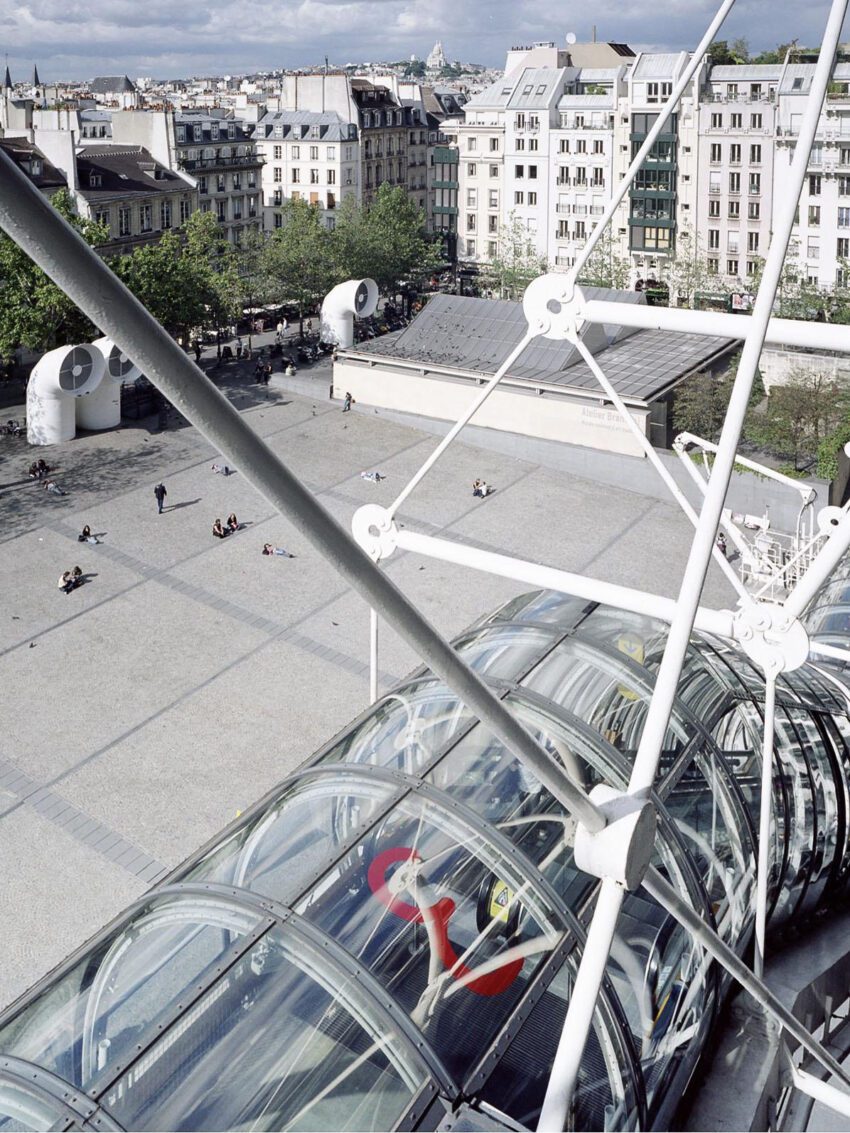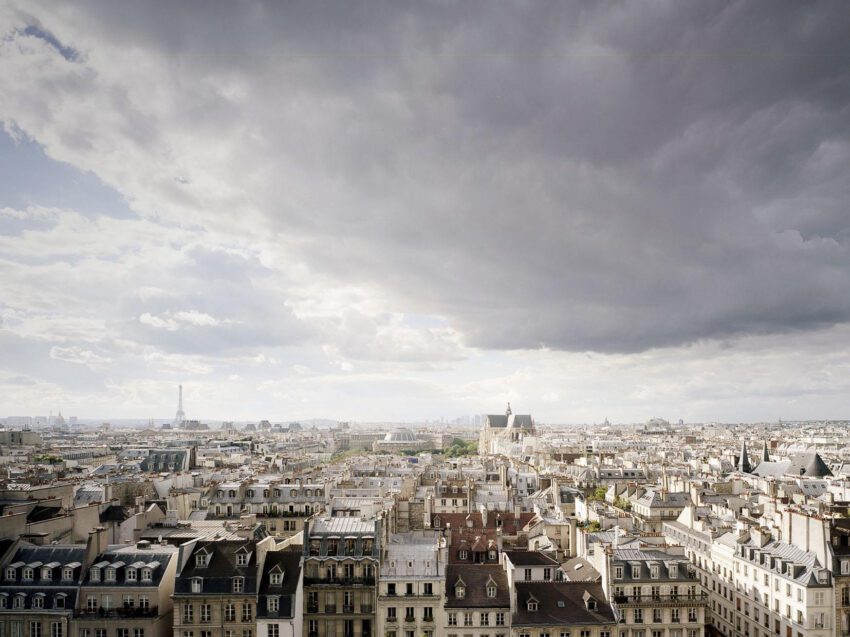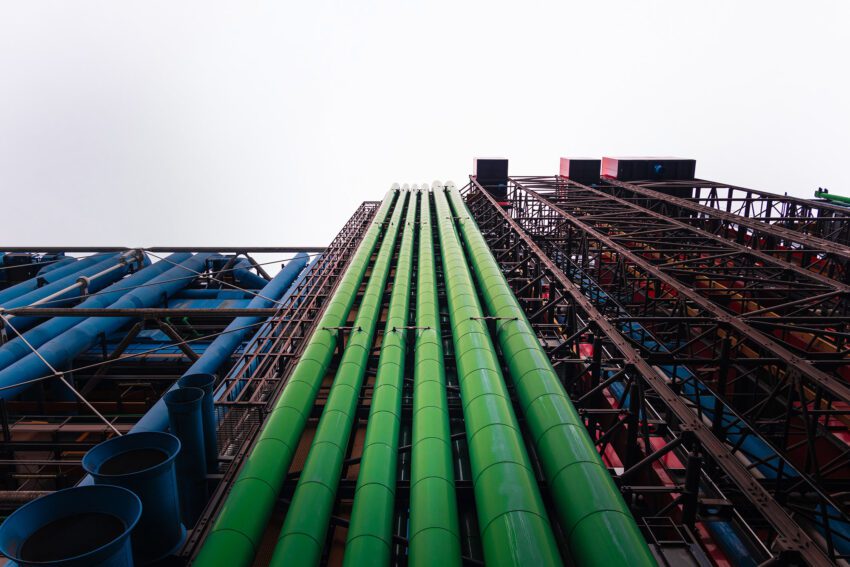Completed in 1977, the Centre Georges Pompidou by Piano + Rogers transcends the concept of a mere building to become a distinguished symbol of modern architecture nestled in the heart of Paris. Internationally acknowledged for its avant-garde design and architectural brilliance, it dramatically encapsulates the inventive spirit of its creators. The Centre Pompidou is more than an edifice; it represents a distinctly philosophical approach to architecture, one that champions innovation, dares to question norms, and relentlessly expands the traditional architectural boundaries.
The Centre Pompidou Technical Information
- Architects1-4: Piano + Rogers
- Location: Paris, France
- Clients: Ministère des Affaires Culturelles – Ministère de l’Education Nationale
- Topics: Postmodernism, High-Tech Architecture
- Area: 100,000 m2
- Project Year: 1971 – 1977
- Photographs: © Hiepler Brunier, See Captions details
When you’re young, you have the courage of stupidity… The Pompidou didn’t have a client… We had to invent the client. That’s probably why the Pompidou Centre is so strange. It’s not a building. It’s a town. A town where you find a museum, a school, a library, music, movies… It’s a quarter of Paris. It’s a piece of town.
– Renzo Piano5
The Centre Pompidou Photographs
The Vision of Renzo Piano and Richard Rogers
At the helm of the Centre’s conception was Renzo Piano and Richard Rogers. Together, they epitomized a unique design philosophy that went on to shape the trajectory of modern architecture.
Renzo Piano, a Pritzker laureate, is renowned for his ability to merge technical expertise with a supreme sense of aesthetics. His portfolio, filled with structures that echo the harmony of design and function, speaks volumes about his commitment to architecture that serves people and enhances their lives.
Richard Rogers was famed for his penchant for sustainable and high-tech design. Rogers, too, was a Pritzker laureate, and his designs often promote transparency, flexibility, and a keen consideration for the urban context.
The collaboration of these two titans for the Centre Pompidou was a landmark moment in architectural history. Their shared vision was to create a structure that would symbolize the future while being deeply rooted in its function and societal context. They envisioned a “culture machine,” a functional and dynamic center that would stimulate interaction and creativity.
Architectural Analysis of the Centre Pompidou
The Centre Pompidou is a bold and raw manifestation of the high-tech architectural style. This design approach places technology and structural elements at the forefront, turning them into dominant visual features rather than hiding them behind facades.
The building’s facade, devoid of any decorative elements, reveals its structural skeleton and technical components – the steel superstructure, the brightly color-coded conduits, and the escalator encased in a transparent tube. These elements, usually concealed, become part of the architectural dialogue, creating an interactive spectacle for the passerby.
Each color represents a different functional system: blue for air conditioning, green for plumbing, yellow for electrical, and red for circulation. This transparent and color-coded system demystifies the building’s functioning and forms a distinct architectural vocabulary.
The open floor plan of the Centre is equally revolutionary. Without the constraint of internal load-bearing walls, the space is entirely flexible, capable of adapting to changing needs and exhibitions. This modularity represented a break from traditional museum layouts, offering a fluid space that fosters creativity and innovation.
The Centre Pompidou is not merely an architectural statement but a reflection of an era’s spirit, a testament to the endless possibilities of high-tech architecture when guided by vision and a sense of societal responsibility. This building, still radical and relevant decades after its completion, demonstrates the power of architecture to challenge, inspire, and endure.

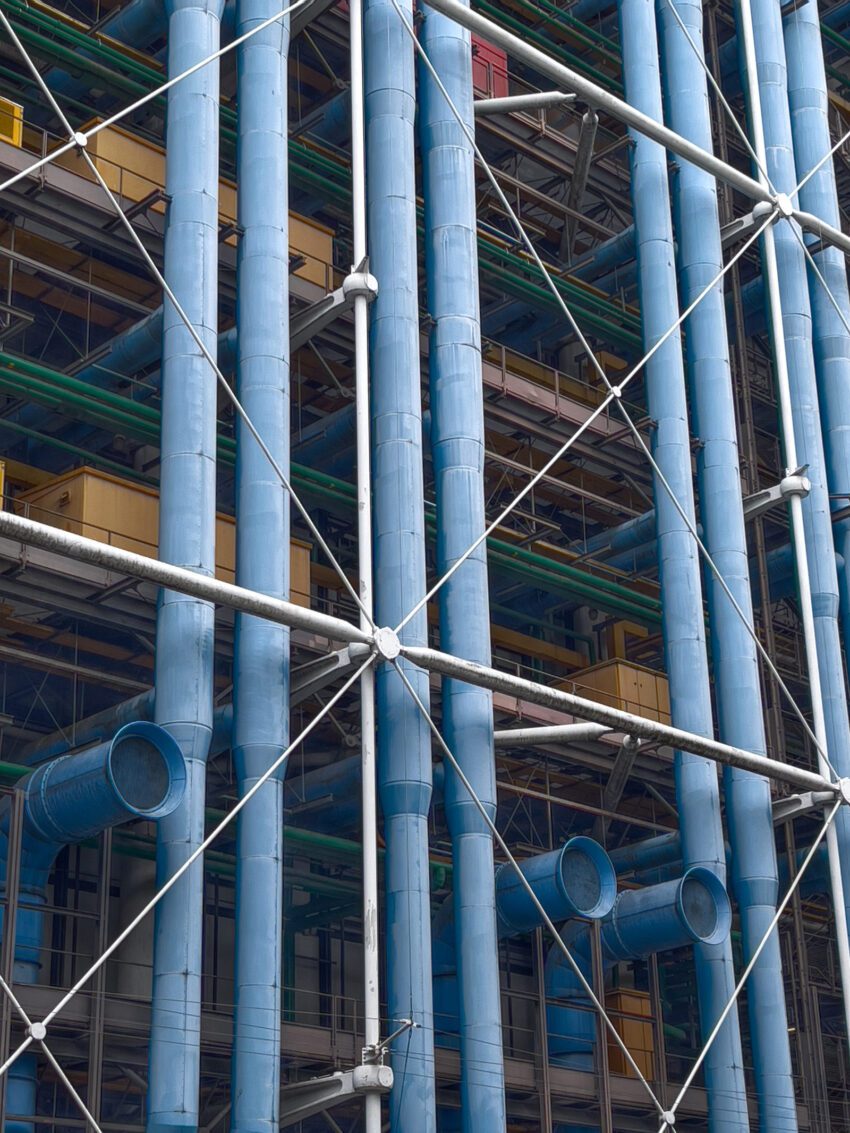
Impact and Influence on Modern Architecture
The Centre Pompidou’s architectural significance reverberates far beyond its physical location. Its radical design and the philosophy it embodies have significantly influenced architectural trends and inspired countless designs worldwide.
The building’s exteriorization of structural and functional elements challenged conventional architectural aesthetics and sparked a global interest in high-tech architecture. The innovative use of color-coded systems and the transparent display of technical components introduced a new architectural language, one that placed functionality and technology at the forefront.
The building’s influence can be seen in various subsequent works of both Piano and Rogers, as well as in the projects of other architects who embraced the high-tech style. In a broader sense, the Centre Pompidou played a significant role in promoting the idea that modern buildings can be expressive and aesthetically appealing while also highly functional.
The love it has inspired in a public which understands that in this one building that opened in 1977, there is evidence of a different approach, both technological and philosophical, toward the modern metropolis.
– Richard Rogers
The Centre Pompidou Today: An Architectural Icon
Today, the Centre Georges Pompidou continues to thrive as a vital cultural hub in Paris, drawing visitors from all over the world. It not only houses the Bibliothèque Publique d’Information (Public Information Library), the Musée National d’Art Moderne, and a research center for acoustics and music but also hosts a wide variety of activities, from film screenings to educational programs.
While the Centre Pompidou has certainly evolved over the years, it has retained its fundamental identity as a nexus for culture and creativity. The structure’s bold design, once seen as radical and unconventional, has become an enduring symbol of Parisian culture, respected and admired for its fearless embrace of the new.
The building’s architectural longevity attests to the visionary thinking of its creators, Piano + Rogers. Its ability to adapt, its relevance, and its enduring charm are a testament to the timeless nature of good design.
As architects, it behooves us to remember that, much like the Centre Pompidou, our creations can have a profound and lasting impact on the world. Through thoughtful design, innovative thinking, and a dedication to serving society, we have the power to shape the future of our cities, just as RPBW & Rogers Stirk Harbour + Partners did with their seminal creation in the heart of Paris.
The Centre Pompidou Plans
The Centre Pompidou Image Gallery

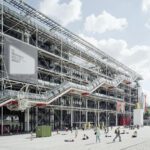
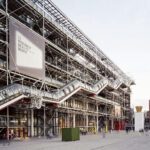

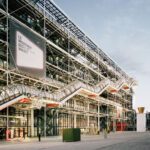





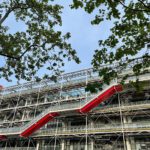










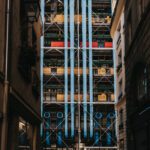




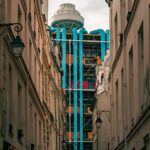



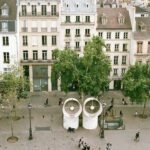














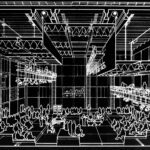

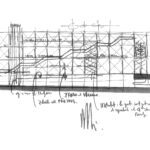
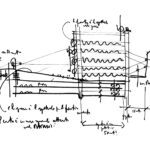
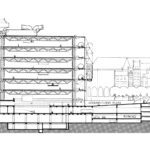
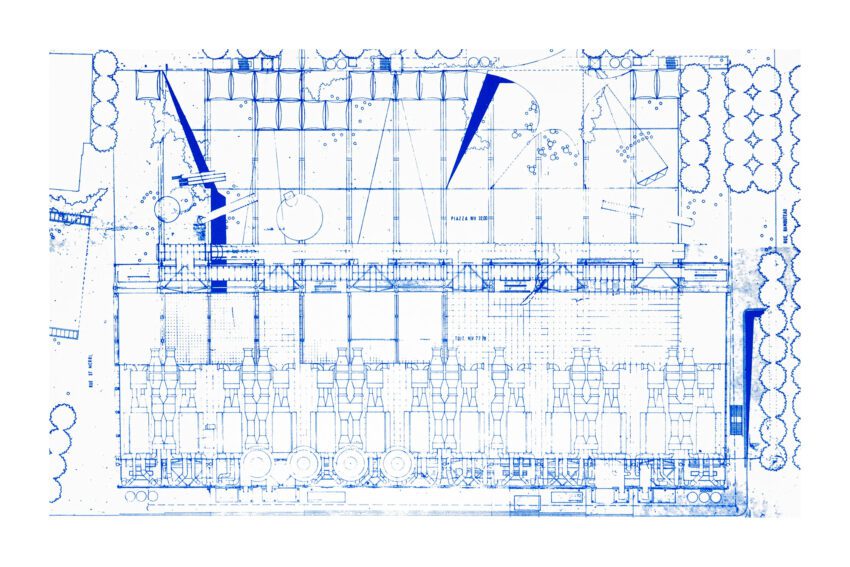

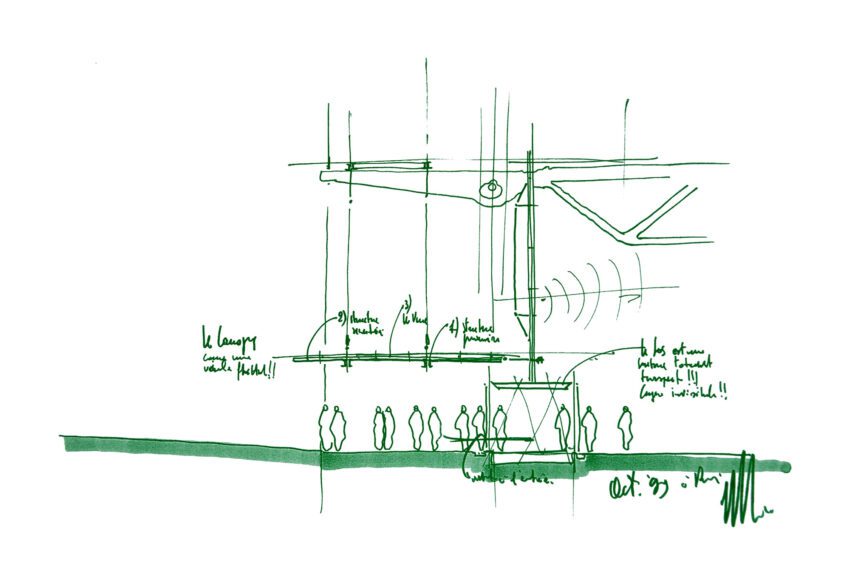
About Richard Rogers
Richard Rogers was a celebrated British architect known for his innovative, modernist, and functional designs that often celebrate technological elements. Co-winner of the Pritzker Architecture Prize in 2007, Rogers made a considerable impact on contemporary architecture. His high-tech design aesthetic was exemplified in the Pompidou Centre in Paris, a project he jointly led with Renzo Piano. Rogers’ work, including notable buildings like the Lloyd’s building in London, typically emphasizes transparency and displays structural and servicing elements on the exteriors. His designs often reflect his commitment to sustainability, urban revitalization, and social awareness, furthering the role of architecture in society’s development. His philosophy of “legibility” – the idea that a building’s function should be readable from its exterior – is a recurring theme in his architectural practice.
About Renzo Piano
Renzo Piano is an internationally acclaimed Italian architect known for his diverse array of designs, blending cutting-edge technology with a sensitivity to the environment, local culture, and history. He was awarded the Pritzker Prize, often considered the Nobel Prize of architecture, in 1998. His portfolio ranges from cultural institutions, such as the iconic Centre Georges Pompidou in Paris, co-designed with Richard Rogers, to striking skyscrapers like the Shard in London. Piano’s work is distinguished by his commitment to humanist values, his ability to create structures that seem lightly placed in their environments yet are highly complex feats of engineering, and his innovative use of natural light, which is often a defining feature of his buildings. His work embodies an ethos where “beauty comes from the harmony of function and form.”
Notes & Additional Credits
- Structural & Services Engineer: Ove Arup & Partners
- Mechanical Services & Superstructure: Laurie Abbott – Shunji Ishida – Hiroshi Naruse – Hiroyuki Takahashi
- Mechanical Engineer: Walter Zbinden – Hans-Peter Bysaeth – Johanna Lohse – Peter Merz – Philippe Dupont
- Interior Design: Gianfranco Franchini
- Centre Pompidou by Renzo Piano



